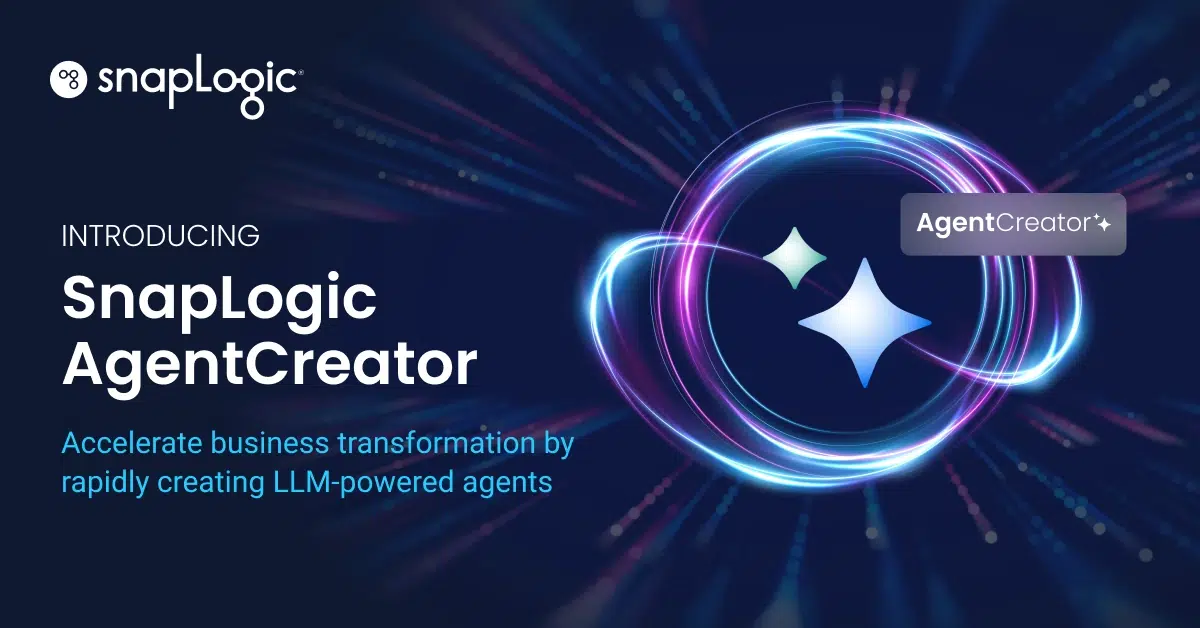Generative AI holds immense promise for transforming industries, but realizing its potential can be challenging. A Gartner survey found that more than half (54%) of GenAI projects are never deployed. Despite the excitement and potential of this game-changing technology, many organizations need help to transition from proof of concept to successful deployment. Let’s take a look at what’s holding companies back, and how to overcome these hurdles.
Top challenges with deploying GenAI
Understanding these challenges is crucial for successfully transitioning GenAI from proof of concept to production, and for unlocking its full potential to drive innovation and value. Common challenges include:
Identifying and prioritizing use cases: Successful customers see the highest ROI in greenfield use cases involving unstructured data. Since these use cases are so new, most enterprises struggle to identify and prioritize them.
Getting data AI-ready: The success of GenAI applications is heavily dependent on the quality of the data powering them. However, challenges in connecting to data sources and preparing primarily unstructured data for use with GenAI are the primary reasons preventing deployment.
Governance concerns: Data privacy, security, and compliance are major concerns that can delay or halt deployments. Without a solid governance framework, organizations often hesitate, fearing regulatory risks or unintended consequences that can arise from deploying GenAI at scale.
Lack of best practices: Many companies do not have a clear roadmap for implementing GenAI effectively. Without standardized best practices for identifying and prioritizing use cases, determining when to use GenAI, enforcing data security and privacy policies, and evaluating AI performance, GenAI projects can drag on and fail to meet expectations.
Developing talent: In the rapidly evolving AI environment, finding and upskilling employees to keep up with the pace of change is challenging.
Enterprises seeing early success with GenAI
Organizations across industries are bucking this trend and finding ways to get past common roadblocks to activating GenAI. Take these initial success stories:
- Independent Bank enabled IT to reduce helpdesk backlog and focus on innovative solutions using multiple AI agents
- Spirent modernized data and app integration, reduced compounding data costs and activated AI for automated sales intelligence
- SnapLogic’s own finance department used GenAI to automate the data reconciliation process and ended up recouping millions of dollars in the process
Tips for overcoming common barriers to activating GenAI
Organizations that have successfully deployed GenAI projects have used a strategic approach that includes the following components:
1. Leverage experienced partners
Look for vendors and system integrators who have helped multiple customers successfully deploy GenAI solutions into production. If you need a place to start, we recommend consulting peer networks, checking industry reports and reviews, and attending industry conferences and webinars to understand what’s available for your ecosystem.
2. Invest in modern integration platforms
Replace older, on-premises integration platforms with modern integration platforms that combine data, application, and API integration and management, and support the creation of a composable architecture. Invest in low-code integration platforms that support visual design and provide out-of-the-box connectivity to a broad set of enterprise and SaaS applications. Additionally, a modern integration platform should be rapidly adding and evolving connectivity to the GenAI ecosystem, including LLMs, vector databases, and unstructured data processing utilities.
3. Build a robust governance framework.
Establish governance from day one. Addressing data privacy, security, and compliance early prevents delays or added issues later. Proactive governance reassures stakeholders and mitigates fears about risks or unintended impacts, paving the way for smooth deployment.
4. Create a GenAI “Center of Excellence”
Build a cross-functional team to standardize your approach to GenAI by adopting best practices across the project lifecycle. This includes effective practices for data preparation, prompt engineering, knowledge management, output evaluation, security, safety, and governance. A consistent, well-defined roadmap helps teams execute confidently and effectively.
5. Close the skills gap
Address the talent shortage by investing in training and collaborating with external experts. Upskilling your team and building strategic partnerships can provide the specialized knowledge needed to bring GenAI projects to fruition without overwhelming internal resources.
Turning challenges into opportunities
GenAI has the potential to revolutionize industries — but only if organizations can overcome the barriers that prevent successful deployment. By laying a strong data foundation, implementing solid governance, following best practices, ensuring integration, and closing the skills gap, companies can unlock GenAI’s true potential and achieve lasting impact.
SnapLogic’s AgentCreator is designed to help tackle these challenges, offering businesses a seamless way to harness data and deploy AI agents effectively.
Don’t let your GenAI project become part of the 54% never deployed. With a strategic approach and the right tools, you can transform AI ideas into practical, impactful solutions that drive real value for your organization.










